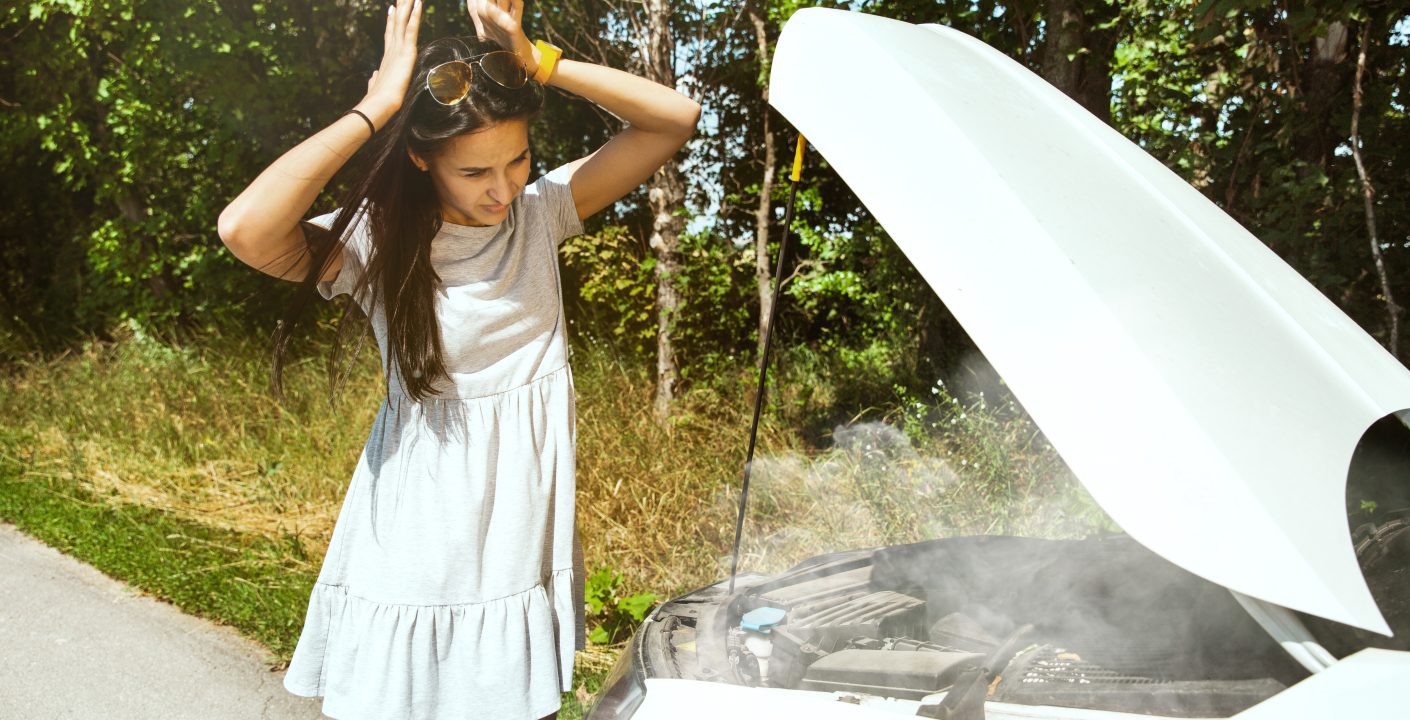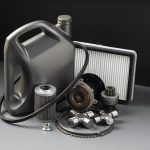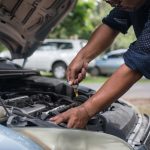Car Overheating? Here’s What To Do

Nothing is quite as concerning for a driver as observing the temperature gauge slowly approaching the red zone or noticing steam rising from under the engine. An overheating car can be a serious issue, but knowing how to handle it can prevent further damage and keep you safe on the road. In this guide, we’ll delve into the steps you should take when your car overheats, ensuring you’re prepared for such a situation.
Pull Over Immediately:
The moment you notice your car overheating, the first step is to pull over to a safe location. Look for an area away from traffic where you can safely park your vehicle. It’s crucial to turn off the engine to prevent further engine overheating and damage.
Let the Engine Cool Down:
Once you’ve safely parked, give your engine some time to cool down before trying to open the car hood. Pop the hood but do not attempt to open it immediately, as it could be hot enough to cause serious burns. Allow at least 30 minutes for the engine to cool before attempting to check the coolant level or inspecting for any visible leaks.
Check Coolant Levels:
After the engine has cooled down, carefully open the hood and locate the coolant reservoir. Check the coolant level and ensure it’s between the minimum and maximum marks. If the coolant level is low, you may need to add more coolant. However, never attempt to open the radiator cap while the engine is hot, as it can release scalding hot steam and cause serious injury.
Inspect for Leaks:
While you’re under the hood, take a moment to inspect for any signs of coolant leaks. Look for puddles of coolant beneath the car or any visible leaks around the hoses, radiator hose, radiator, or water pump. If you notice any leaks, it’s best to have them repaired by a professional mechanic as soon as possible.
Check the Radiator Cap:
Once the engine has cooled sufficiently, you can carefully remove the radiator cap to check the coolant level directly in the radiator. Use a cloth to protect your hand from any residual heat and turn the cap slowly to release any built-up pressure. If the radiator is low on coolant, you can add more to bring it to the appropriate level.
Restart the Engine:
After ensuring that the coolant level is adequate and there are no visible leaks, you can cautiously restart the engine. Keep an eye on the temperature gauge as you do so, and if it starts to climb rapidly again, shut off the engine immediately.
Seek Professional Help if Necessary:
If you’re unable to identify the cause of the overheating or if the problem persists despite your efforts, it’s best to seek assistance from a qualified mechanic. Engine overheating can be a sign of a failing cooling system. Driving a car prone to engine overheating can cause severe damage to the engine, so it’s essential to address the issue promptly.
Experiencing an overheating car can be stressful, but knowing how to handle the situation can make all the difference. By following these practical steps, you can safely manage an overheating car and prevent further damage. Remember to prioritize safety, and don’t hesitate to seek professional help if needed. With proper maintenance and quick action, you can keep your car running smoothly and enjoy peace of mind on the road.
Image Credit: Image by master1305 on Freepik







